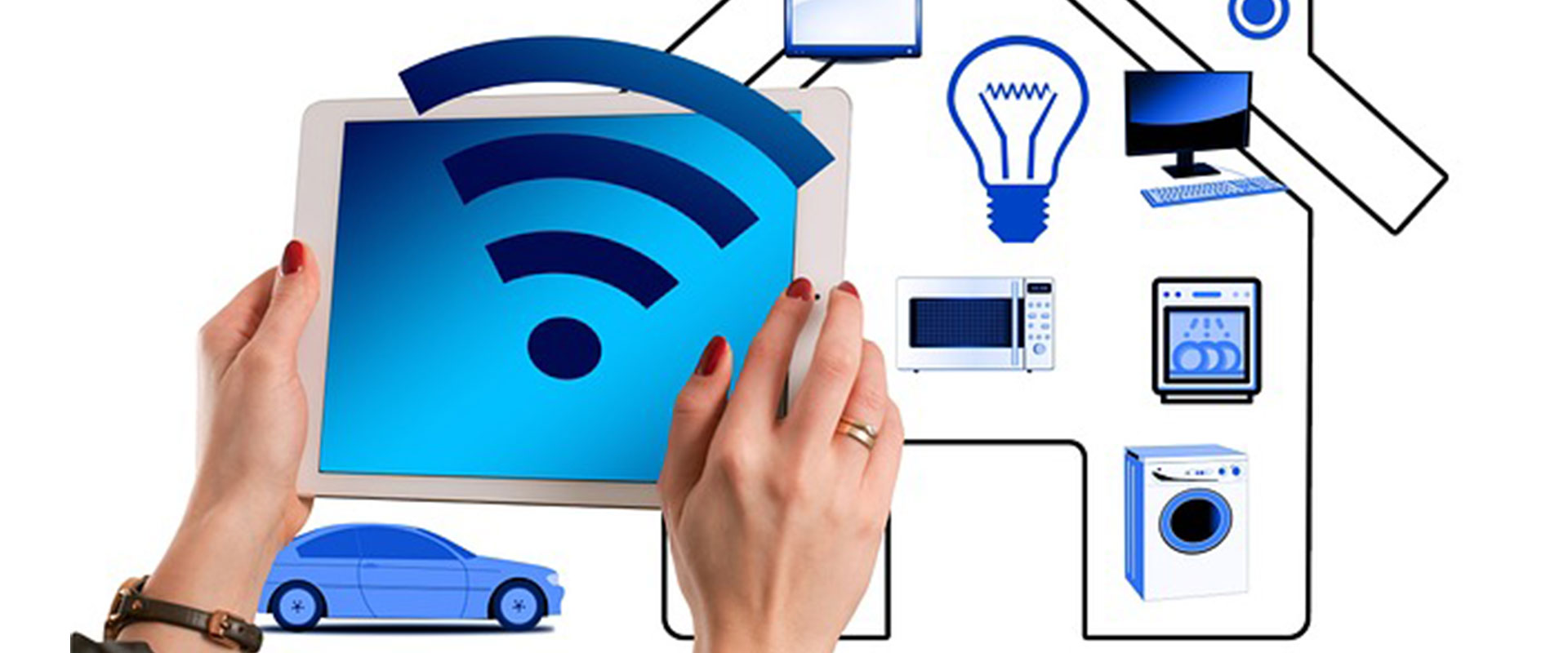
Transforming Homes with Smart Technology: Embracing the Power of a Connected Future
Welcome to the era of smart homes, where technology seamlessly integrates with our daily lives, making our homes more efficient, convenient, and sustainable. From intelligent thermostats to voice-controlled assistants, smart home technology is revolutionizing the way we interact with our living spaces. In this blog post, we will explore the world of smart home technology and how it enhances our homes’ functionality, comfort, and energy efficiency.
1. What is Smart Home Technology? Smart home technology refers to a network of connected devices and appliances that can be remotely controlled and automated to enhance our living experience. These devices are equipped with sensors, internet connectivity enabling them to communicate and interact with each other, as well as with the homeowner.
2. Benefits of Smart Home Technology: Integrating smart technology into our homes offers a wide range of benefits:
- Convenience and Automation: Smart devices can automate routine tasks, such as adjusting lighting, temperature, and security systems, saving time and effort.
- Energy Efficiency: Smart thermostats, lighting systems, and appliances help optimize energy consumption, reducing utility bills and promoting sustainability.
- Enhanced Security: Smart security systems, including cameras, motion sensors, and smart locks, provide increased protection and remote monitoring capabilities.
- Improved Comfort: Smart home technology allows for personalized settings, such as customized lighting and climate control, creating a comfortable living environment.
- Accessibility and Assistive Features: Smart devices can assist individuals with disabilities or limited mobility, enabling them to control various aspects of their homes independently.
3. Key Components for a Smart Home: We will now explore some of the essential smart devices and technologies that transform a regular home into a connected one:
- Smart Assistants: Voice-activated devices like Amazon Echo or Google Home allow hands-free control of other smart devices and provide information and entertainment.
- Smart Lighting: Wi-Fi-enabled light bulbs and switches enable remote control, automated schedules, and integration with voice assistants for seamless lighting control.
- Smart Thermostats: These devices learn household patterns, optimize temperature settings, and can be controlled remotely, resulting in energy savings and personalized comfort.
- Home Security Systems: Smart security cameras, doorbell cameras, and motion sensors provide enhanced surveillance, real-time alerts, and remote access to home security.
- Smart Appliances: Connected appliances, such as refrigerators, ovens, and washing machines, offer convenience, energy efficiency, and remote-control features.
4. Connectivity and Interoperability: Interoperability between smart devices is crucial for a seamless experience. Standards like Zigbee, Z-Wave, and Wi-Fi enable different devices to communicate and work together, ensuring compatibility and easy integration.
5. Addressing Concerns: While smart home technology offers immense advantages, it is essential to address privacy and security concerns. Implementing strong passwords, regular software updates, and using trusted brands can mitigate these risks.
6. Future Trends: The smart home industry continues to evolve with new advancements. Some emerging trends include increased integration with renewable energy systems, artificial intelligence-driven automation, and the growth of smart cities and interconnected communities.
Smart home technology is reshaping the way we live, offering us unparalleled convenience, energy efficiency, and security. By embracing these innovative solutions, we can transform our homes into connected ecosystems that enhance our daily lives. From intelligent lighting to voice-controlled assistants, the possibilities are endless. Let us embrace the power of smart home technology and embark on a journey toward a more connected, efficient, and sustainable future.
